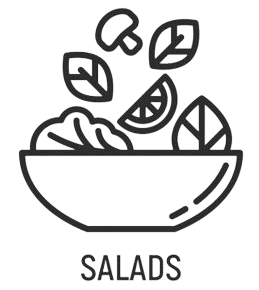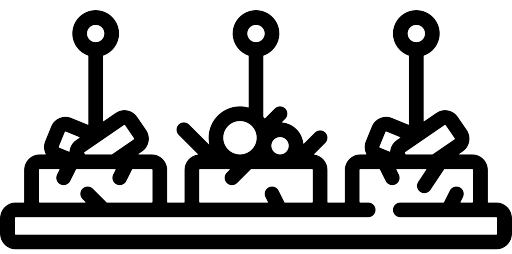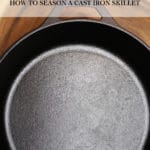A cast iron skillet is a must-have in your kitchen. It can can be used on the stove top, in the oven, on the grill, or even over a camp fire. Properly seasoned, it is non-stick, and it evenly distributes and retains heat like no other type of pan. Best of all, cast iron actually improves the more it is used.
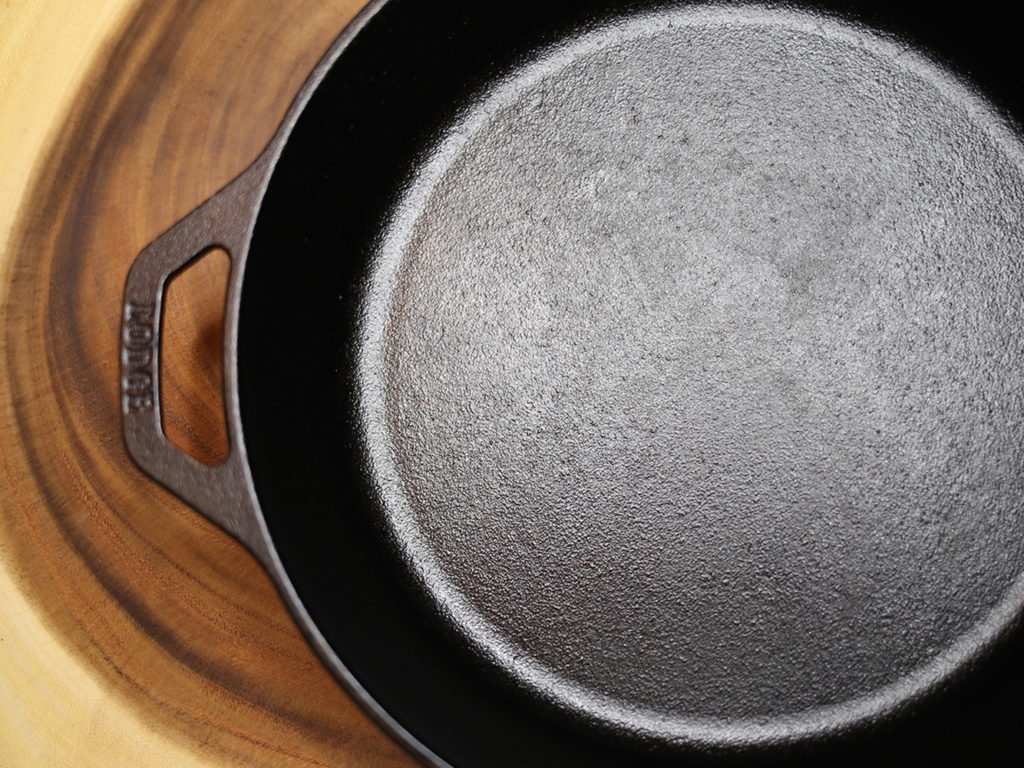
How to Season A Cast Iron Skillet
Start With a Clean Slate
To properly season a cast iron skillet, you have to start with a clean slate. The easiest way to clean your pan is to put it in the oven on the clean cycle. This will give you a nice surface to begin with.

If your pan comes out rusty, that’s ok. Don’t panic! All you need is a little steel wool and some kosher salt to get all of the rust off.
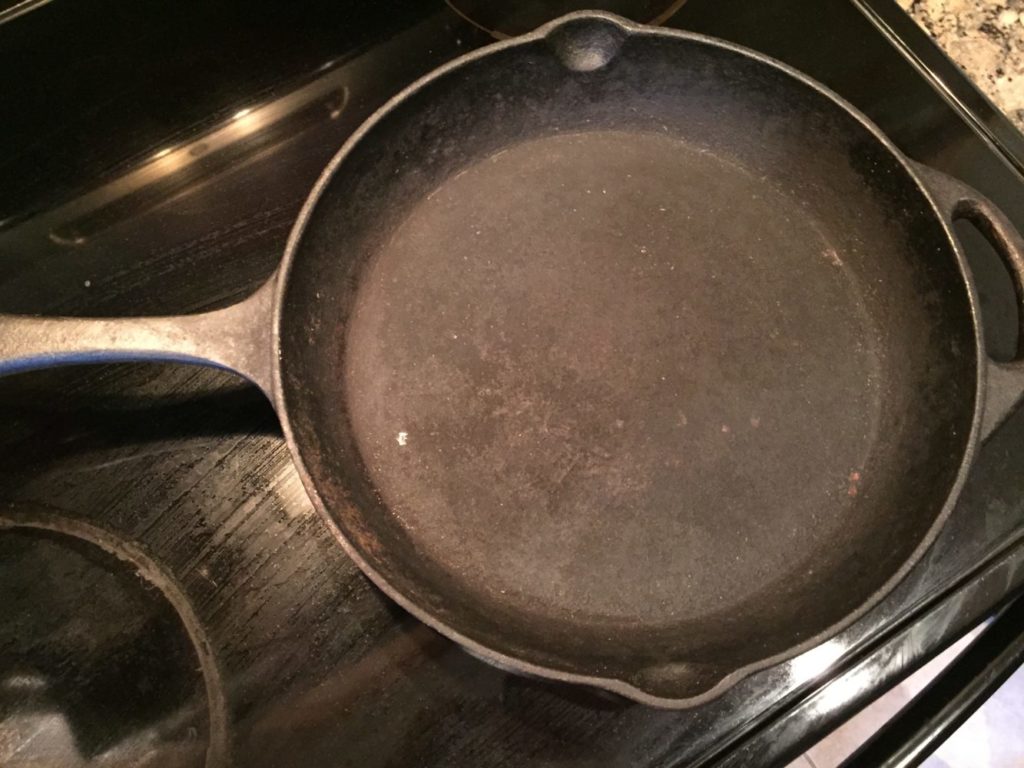
The Best oil to use
Because the seasoning on cast iron is formed by fat polymerization, a “drying” oil is the best kind to use. The only edible drying oil is flaxseed oil. You can find flaxseed oil in the refrigerator section of a health food store. It needs to be refrigerated because it goes rancid fairly quickly.
Rub your skillet, inside and out, with a very thin layer of flaxseed oil. Put your skillet in the oven upside down and turn the temperature to 500 degrees.
Once the oven has reached 500 degrees, leave the pan in for 1 hour. Turn the oven off and allow the skillet to cool for 2 hours. Repeat 5 more times. Yes, that’s right, 5 more times. It will take 6 layers before your skillet is ready to use. I know it sounds like a lot, but this labor of love will pay huge dividends!
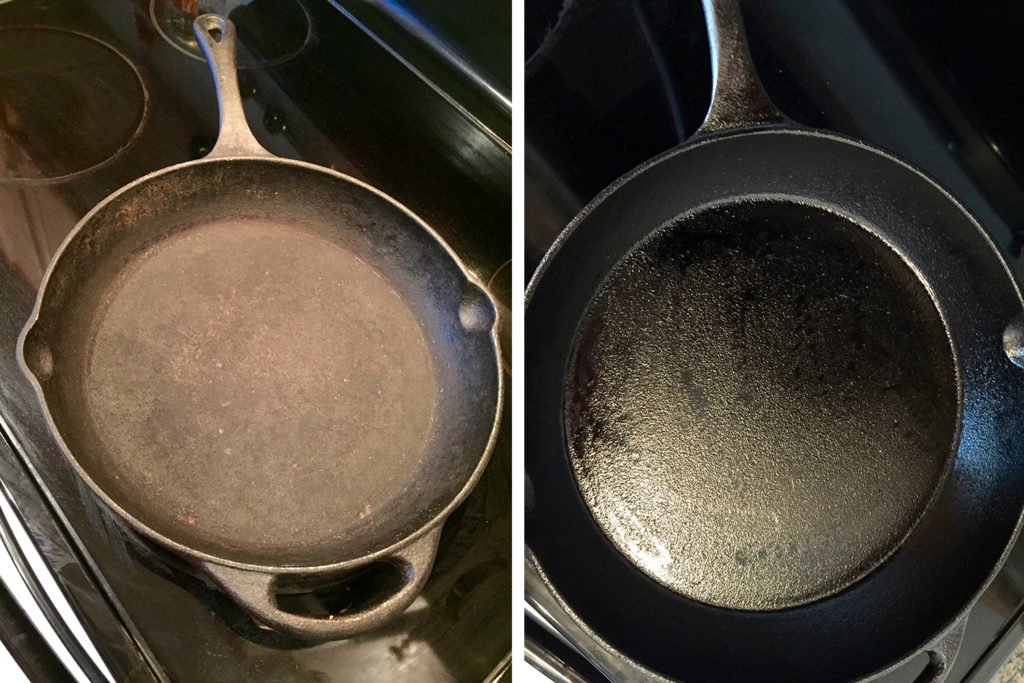
How To Maintain your Seasoned Cast Iron Skillet
To maintain that beautifully seasoned cast iron skillet, there are a few things you need to know.
- Always preheat the skillet before adding ingredients so that the pan will be evenly heated.
- If your recipe calls for acidic foods like tomatoes, citrus, vinegar, or wine, do not use the cast iron skillet. Acidic foods can damage the seasoning.
- If you are cooking eggs or flaky fish like cod, flounder, or tilapia, do not use the cast iron skillet. Eggs and flaky fish tend to stick to cast iron.
- After each use, wipe your skillet clean, rinse it with warm water, and scrub off any remaining debris with salt and a damp towel. If there is stuck on food, add a small amount of water to the hot skillet and use a spoon or spatula to easily remove any left over debris.
- Dry cast iron immediately so that it won’t rust.
With proper care, this kitchen essential will last you a lifetime.
If you like this post, subscribe to Artzy Foodie to get all the latest tasty goodness straight to your inbox! For all of the latest updates, be sure to follow us on Facebook, Pinterest and Instagram!



